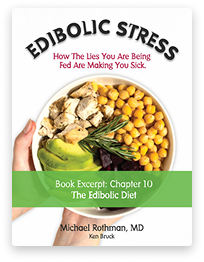Headaches
Understanding Headaches: A Conventional Approach
Headaches, a common yet complex condition, affect countless individuals worldwide. Understanding the nature of headaches is the first step in effective management. This section explores various headache patterns, emphasizing the importance of accurate diagnosis in determining the most suitable treatment strategy. From tension headaches to migraines, each type presents unique characteristics and requires a tailored approach. Conventional treatments typically focus on symptom relief, employing a range of medications to alleviate the discomfort associated with these diverse headache types.
Dr. Michael E. Rothman: A Pioneer in Headache Management
Dr. Michael E. Rothman, serving as the Medical Director of Michael Rothman MD, brings a revolutionary approach to understanding and treating headaches. His expertise in this field extends beyond traditional methods, offering a more in-depth analysis of headache causes and effective management techniques. Dr. Rothman’s innovative strategies focus on identifying and addressing the underlying metabolic imbalances that often lead to various types of headaches. By exploring beyond conventional treatments, he paves the way for more personalized and effective headache relief solutions.
Conventional Approach to Headaches
- Name the type of Headache
- Choose the appropriate drug to treat the symptoms of the named headache

Different Names for Various Headache Patterns
- Tension headache
- Cluster headache
- Migraine headache
- Ice pick headache
- Thunderclap headache
- Sinus headache
- Hormonal headache
- Caffeine headache
- Exertion headache
- Rebound headache
- Post-traumatic headache
- Spinal headache
- Many more variations
Various Types of Drugs use to Treat the Symptoms of Headaches
- Anti-inflammatory Drugs
- Narcotics
- Vasoconstrictors
- Ergot alkaloids
- Triptans (serotonin receptor agonists)
- CGRP antagonists
- Antinausea medications
- Other pain relievers
Metabolically Directed Approach to Headaches
- Fix what is wrong
- Frequently an autonomic nervous system problem
- Frequently an oxido-reductive imbalance
- Frequently a dietary problem
- Frequently a sex hormone problem
- Frequently an unrecognized environmental issue
Health is Achieved Toward the Middle of the Curve

Autonomic Nervous System Imbalances
The Autonomic Nervous System ANS
- First described by Dr Francis Pottenger in his book “Symptoms of Visceral Disease”, originally published in 1919


Your Autonomic System has two Systems
- Sympathetic Nervous System – known as the “fight or flight” response – stimulates vasoconstriction, raises blood pressure and heart rate, slows down gastrointestinal (GI) and urinary system (GU), raises body temperature, many other effects
- Parasympathetic Nervous System – known as the “rest and digest” response – stimulates vasodilatation, lowers blood pressure and heart rate, speeds up gastrointestinal (GI) and urinary system (GU), lowers body temperature, many other effects

Excess Parasympathetic Nervous System (PNS) Activity can Contribute to Symptoms of Headache
- Vasodilatation from excess PNS activity increases blood flow to your brain, and can cause headaches
- Migraines, cluster headaches and exercise headaches – generally caused by vasodilatation
- Estrogen Dominance (too much Estrogen, not enough Progesterone) is a common cause of excess PNS activity and headaches.
- Hypothyroidism – increases PNS activity
- Fluctuating blood sugars (Edibolic Stress) can stimulate excess PNS activit
- Other frequent symptoms of excess PNS- frequent and urgent defecation, increased mucus production, wet stools, increased urge to defecate, excessive gas and bloating, eating stimulates urgent need to defecate.
- There may be other symptoms of elevated PNS activity – frequent and urgent urination and urinary incontinence, depression, low blood pressure, bradycardia, drooling of saliva, watery eyes, post nasal drip, hypoglycemia, asthma, difficulty seeing in the dark….
Treating Excess PNS Activity
- Vitamins, minerals and amino acids that stimulate SNS can be helpful (complex P)
- If Estrogen Dominance is a problem, hormonal therapy is therapeutic (DIM, Calcium-D-Glucarate, Progesterone and testosterone replacement)
- Caffeine stimulates SNS (note that certain OTC headache medications contain caffeine)
- Stabilizing your blood sugar – eating enough saturated fat at each meal (“the log on the fire”), reduces autonomic dysfunction
- Some prescription medications work by causing a vasoconstriction of your blood vessels including Ergot Alkaloids,Triptans and CGRP antagonists
Excess Sympathetic Nervous System (SNS) Activity can Contribute to Symptoms of Headache
- Vasoconstriction from excess SNS activity decreases blood flow to your brain, and can cause headaches
- Stress headaches, tension headaches – general caused by vasoconstriction
- Hyperthyroidism – increases SNS activity
- Fluctuating blood sugars (Edibolic Stress) can stimulate excess SNS activity
- Frequent symptoms – constipation, thin, ribbon like stools, decreased urge to defecate, reflux
- There may be other symptoms of elevated SNS activity – slow urine flow, urinary retention, anxiety, high blood pressure, tachycardia, dry mouth, dry nose, insomnia, cold hands and feet, excessive sweating, high blood sugar, dry eyes, blurry vision….
Treating Excess SNS Activity
- Vitamins, minerals and amino acids that stimulate PNS can be helpful (Complex S, Taurine )
- Caffeine stimulates SNS (note that certain OTC headache medications contain caffeine) and should be avoided
- Tyramines – can cause vasoconstriction headaches
- Avoid cured and processed meats (hot dogs, bacon) Fermented foods (sauerkraut, pickled foods, soy products
- Stabilizing your blood sugar is important – eating enough saturated fat at each meal (“the log on the fire”), reduces autonomic dysfunction
The Work of Emanuel Revici MD
- Fatty Acid vs Sterol Levels Leading to Metabolic Imbalance And Headaches
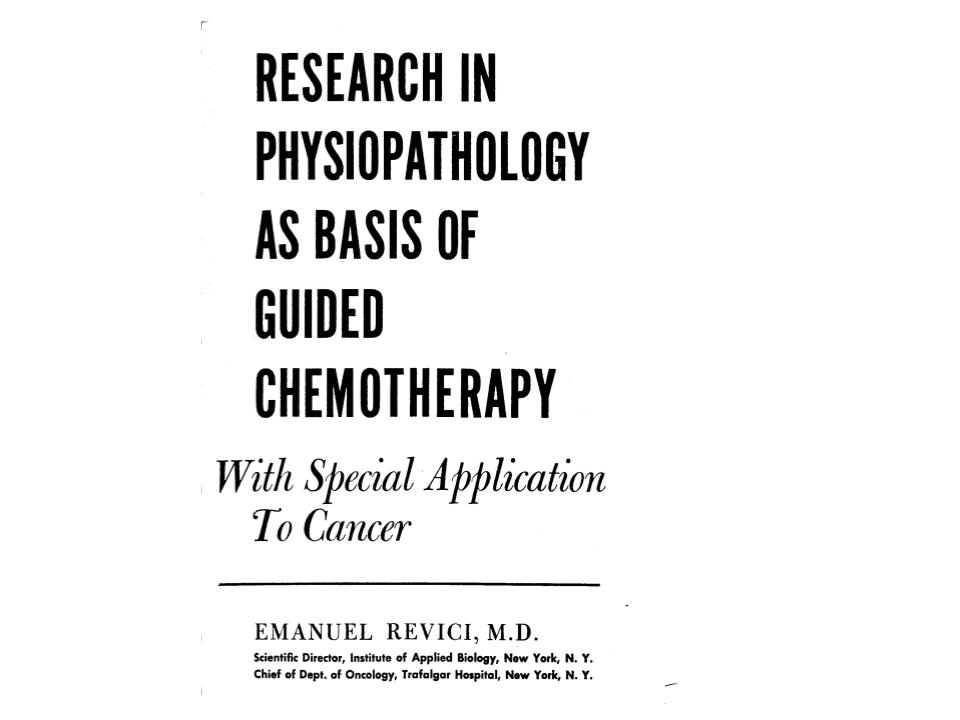
The Balance Between Fatty Acid and Sterol Activity Within Your Cell Membranes is Vital to Your Health
- A very common cause of headaches is excessive fatty acid activity
- Also there may excessive sterol activity contributing to chronic headaches
- Balance between Fatty Acids and Sterols is extremely important and usually overlooked
- Fatty Acid/Sterol balance is vital to proper oxido-reductive balance
A Balance Between Fatty Acids and Sterols

Dysaerobic Imbalance – Dysfunctional Use of Oxygen as a Cause of Headaches
- Very common cause of migraine headaches
- In the Dysaerobic Imbalance – there is an excess of fatty acids and a relative deficiency in sterols within cell membranes.
- This fatty acid/sterol imbalance leads to an increase in alkalinity within the tissues and excess water pulled into tissues
- Other symptoms of Dysaerobic Imbalance – diarrhea, insomnia, anxiety, pain, fatigue, itchiness, tinnitus, vertigo
Identifying Dysaerobic Patients
- Lab Findings – may have -high CRP, high serum cholesterol, low estrogen, low progesterone, low cortisol, increased symptoms during menses
- Metabolic Tests – high urine SG > 15, low urine pH < 6.1, high saliva pH > 6.7, rapid absorption of skin wheel
- Reacts well to prednisone and other steroids
- Benefits from relatively high cholesterol foods
- Reacts poorly to sulfur products
Treating a Dysaerobic Imbalance
- Diet – high in cholesterol, avoidance of fried foods and vegetable oils, avoidance of nuts, seeds and avacados
- Supplements- Oxygenic D+(glycerol and butanol), Oxygenic D, Glutamine, Glucosamine HCl, Glycin
- Can react very poorly to sulfur containing foods and supplements
Too Many Fatty Acids, Not Enough Sterols
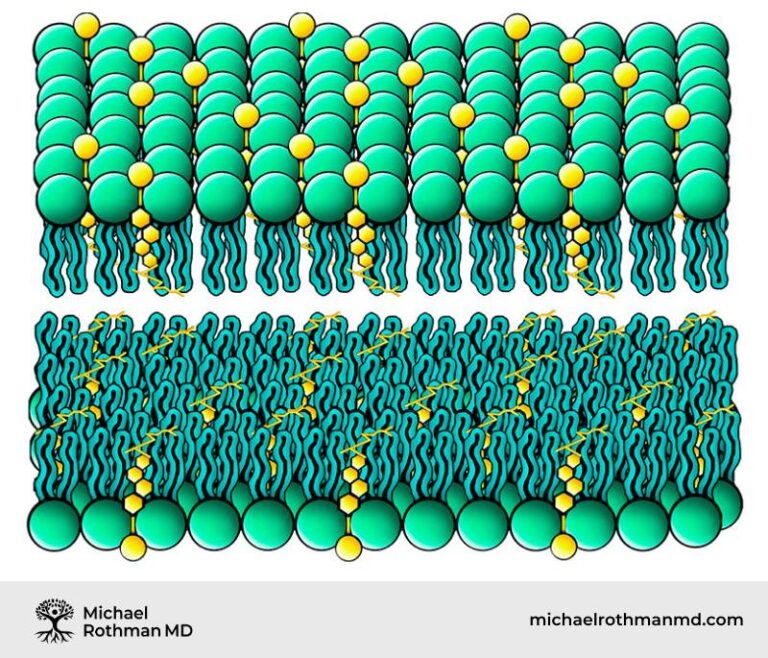
Anaerobic Imbalance – Lack of Oxygen as a Cause of Headaches
- In the Anaerobic Imbalance – there is an excess of sterols and a relative deficiency in fatty acids within cell membranes.
- Anaerobic (lack of oxygen- also known as anaerobic glycoysis = Warburg Effect) – Lactic acid is a product of anaerobic metabolism
- This fatty acid/sterol imbalance leads to an increase in acidity within the tissues and dehydration within the tissues
- Other symptoms of Anaerobic Imbalance – constipation, excessive sleepiness, depression, pain, fatigue, itchiness, tinnitus, vertigo
Identifying Anaerobic Patients
- Lab Findings – may have -low CRP, low serum cholesterol, high estrogen, high progesterone, high cortisol, increased symptoms during ovulation and in the mid-luteal phase of cycle. Metabolic Tests – low urine SG < 15, high urine pH > 6.1, low saliva pH < 6.7, slow absorption of skin wheel
- Reacts poorly to prednisone and other steroids
- Reacts well to sulfur foods and products
Treating an Anaerobic Imbalance
Too Many Sterols

Problem – Eating the Wrong Fats can Contribute to Headaches
- Myth – saturated fat and cholesterol cause heart disease and obesity. Unsaturated fats (like nuts and seeds and avocados) are the “good” fats
- Fact – Unsaturated fats are very fragile, increase oxidative stress, contribute to mitochondrial dysfunction and contribute to headaches
- Saturated fats are very stable and increase your HDL. Cholesterol is the building block for your sex hormones, adrenal – cortical hormones, vitamin D, bile salts and cell membranes. Eating these healthy fats can reduce frequency and severity of headaches
Numerous Studies “Proving” That Cholesterol is the Root Cause of Heart Disease were done on Rabbits

Saturated Fats Have no Double Bonds, They are very Stable and Tend to Stabilize Your Metabolism and reduce Headaches

Unsaturated Fats Have Double Bonds – They are unstable and tend to Destabilize Your Metabolism and Cause Headaches

Hormonal Problems Contributing to Headaches
All of your Sex and Adrenal Cortex Hormones are Made from Cholesterol

All Sex and Adrenal Cortex Hormones are Made From Cholesterol

Many Menstruating Women Suffer from Increased Headache Symptoms During Parts of Their Menstrual Cycle
- Increased Headaches early in cycle can indicate dysaerobic imbalance and sex hormone deficiency
- Increased Headaches mid-cycle (ovulation) can indicate either anaerobic or parasympathetic imbalance and/or excess estrogen (estrogen dominance)
- Increased Headaches in mid-luteal phase can indicate anaerobic imbalance and sex hormone excess
Treatment for Hormonally Mediated Headaches
- Measure sex hormones during appropriate time of cycle
- Take measures to decrease excess estrogens (if elevated)
- Take measures to increase low progesterone (if insufficient)

Biotoxin Illness
- A Common, Underecognized Cause of Chronic Headaches
Many People Suffering from Chronic Headaches have a Biotoxin Illness
- Biotoxin Illness – caused by exposure to biological toxins, more often in genetically predisposed patients
- These biological toxins include mold (and other contents found in water damaged environments), toxic blue-green algae and stealth organisms
- Often associated with many, many other symptoms including fatigue, brain fog, sleeplessness, joint and muscle pain, gastrointestinal issues…
- See section on Chronic Inflammatory Response Syndrome (CIRS)
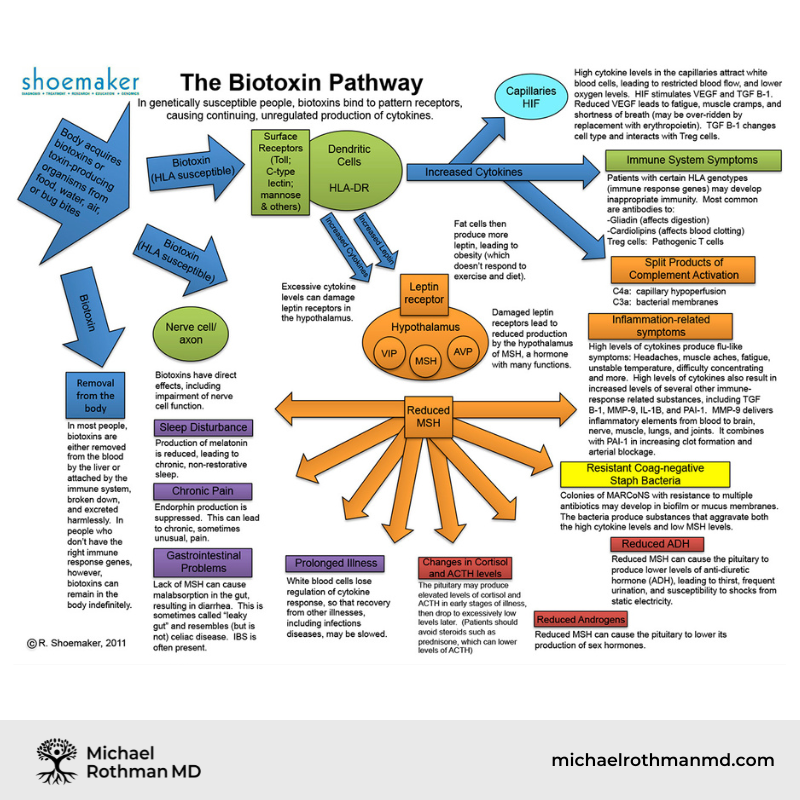
Metabolically Directed Approach to Headaches
- Fix what is wrong
- Frequently an autonomic nervous system problem
- Frequently an oxido-reductive imbalance
- Frequently a dietary problem
- Frequently a sex hormone problem
- Frequently an unrecognized environmental issue
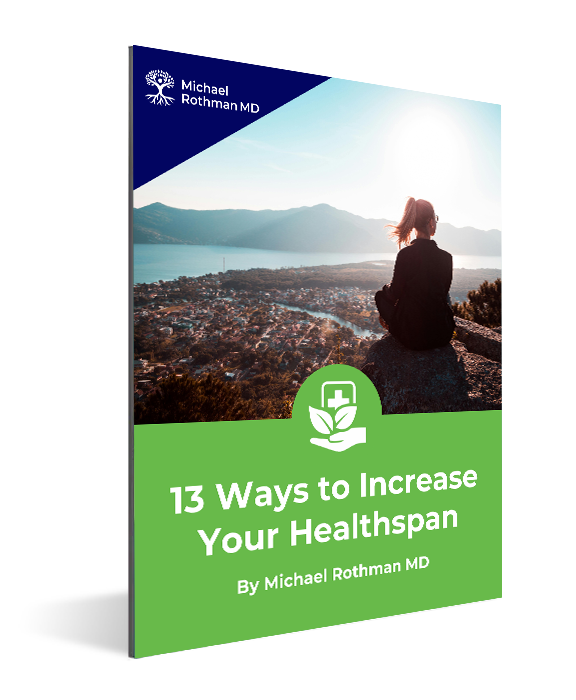
Subscribe For Expert Insights

